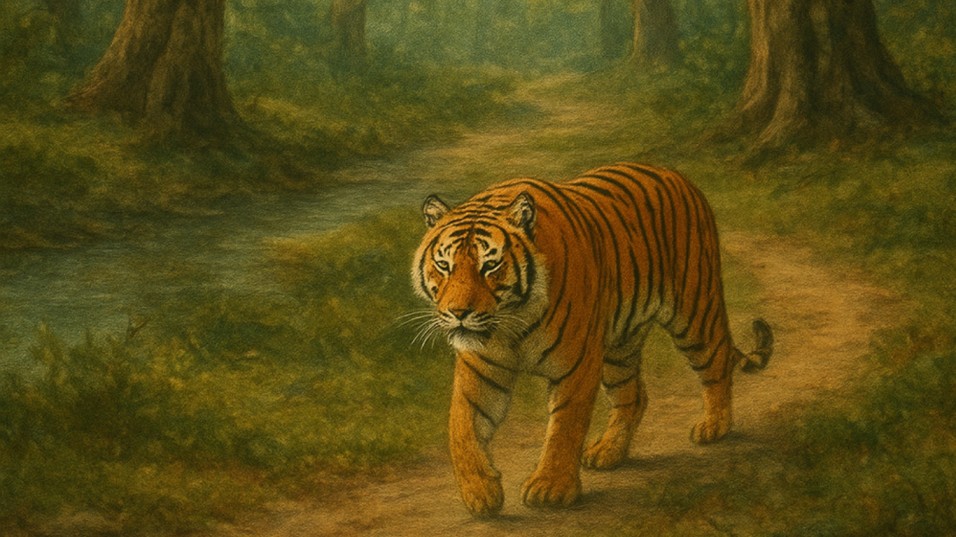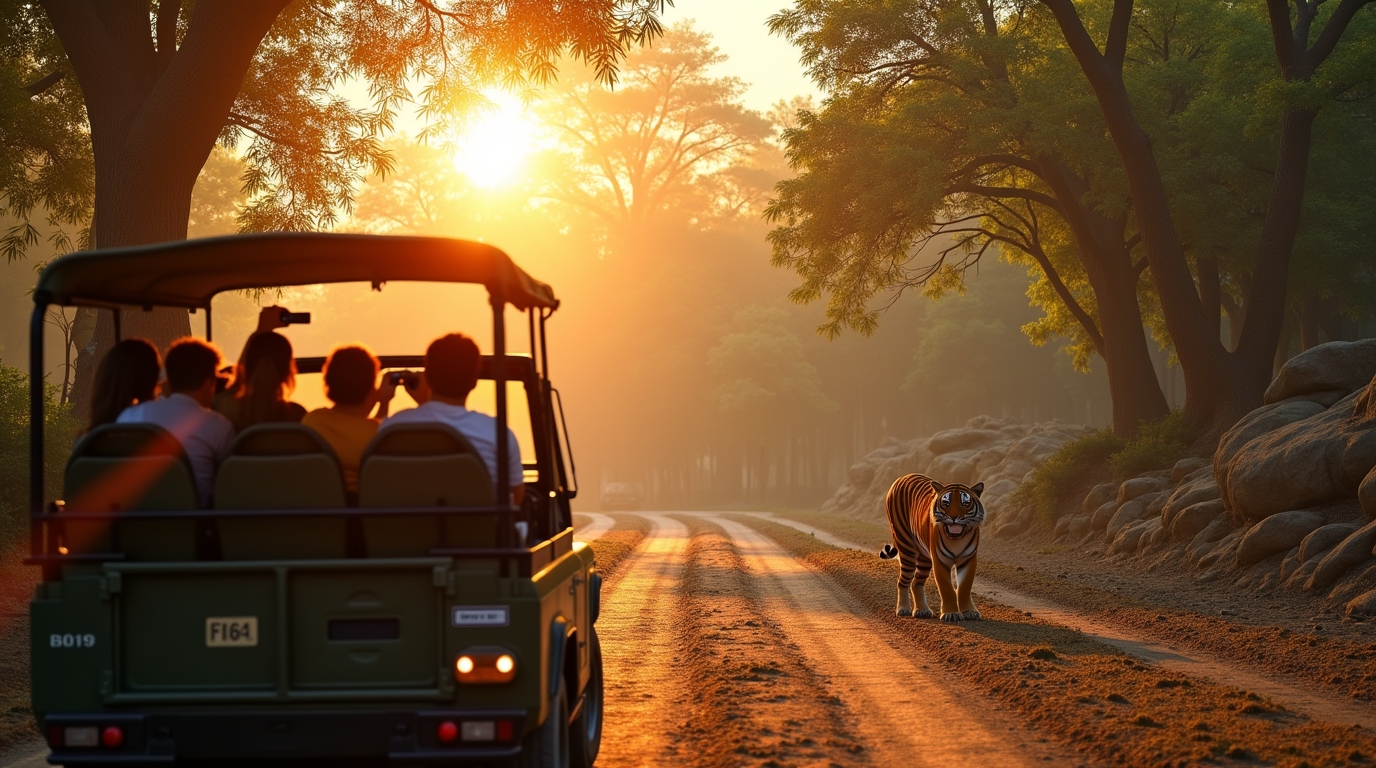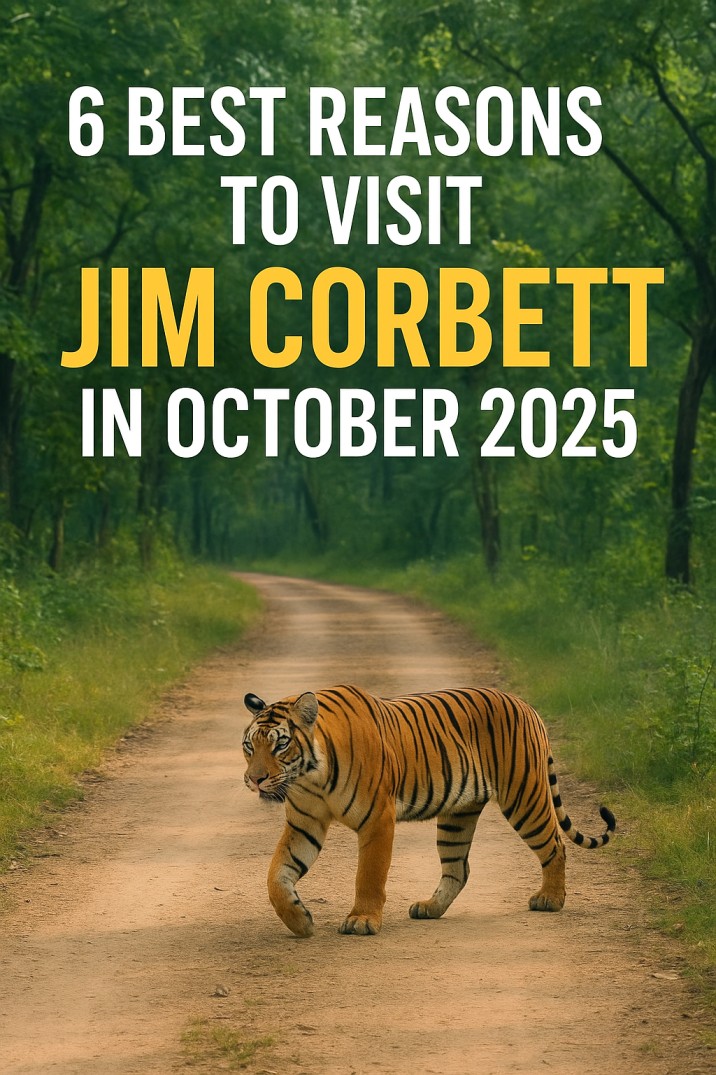
Jim Corbett By Road
Corbett National Park is well connected by road to all major cities in Uttarakhand and its adjoining states. You can either drive down to the park or travel by bus. The park is well-linked to destinations like Delhi, Nainital, Rishikesh, and Haridwar. Thus, it often proves the best weekend getaway option.

Jim Corbett by Train
The nearest railway station is Ramnagar. The park is located 12 km away from the railway station. Regular trains travel from Ramnagar to significant cities like Delhi, Lucknow, and Moradabad. Local transport like taxis or buses from the railway station connect to the park.

Jim Corbett By Air
The closest airport to the park is Pantnagar. It is located at a distance of about 85.5 km from the Corbett National Park. The airport is well-connected to Delhi and other important cities. Hire a taxi or take a bus from the airport to the park.


















